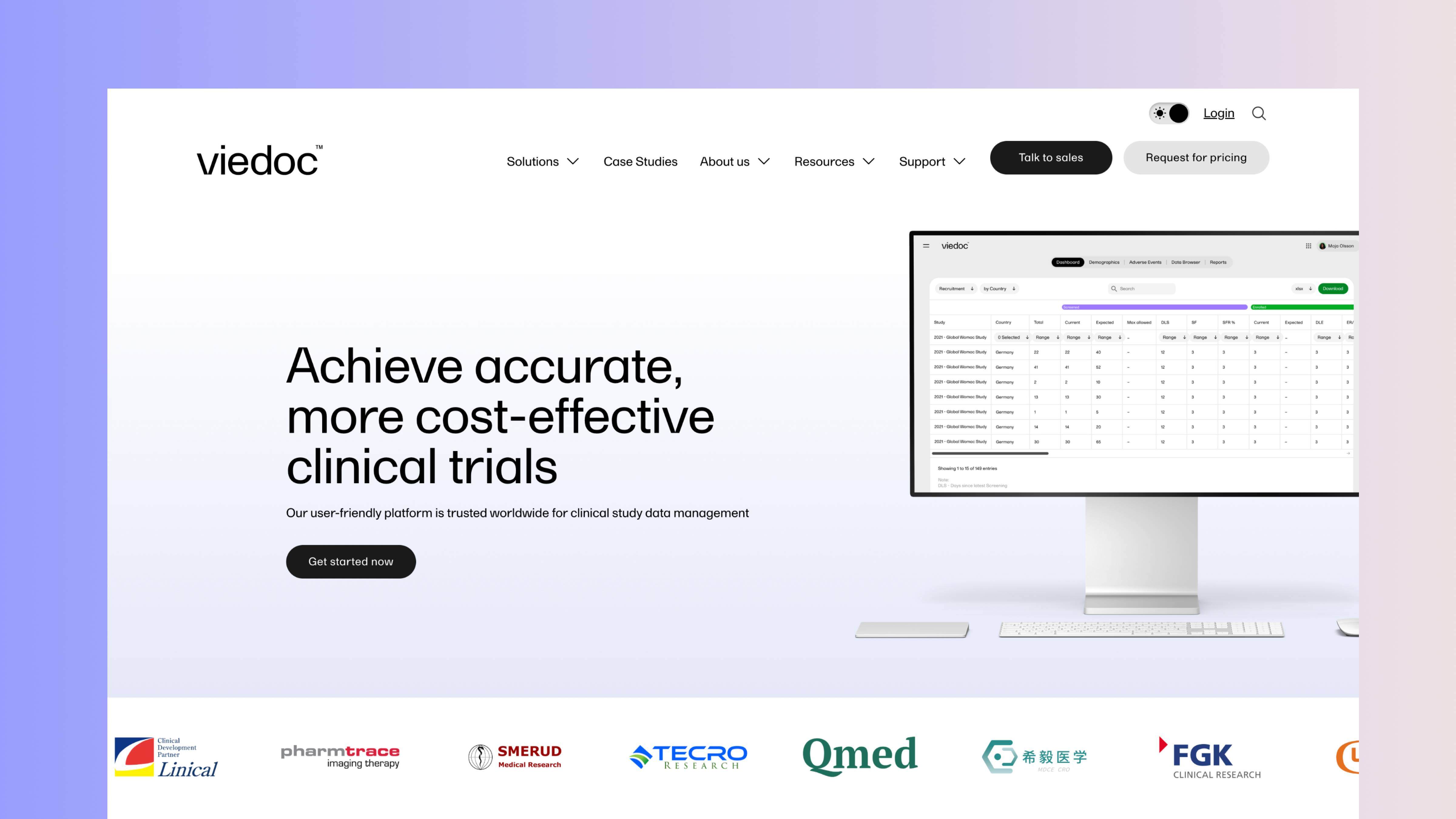
Viedoc sees immediate impact from new HubSpot website
Jun 19, 2025
The science of writing meta titles is well documented and understood. The art, however, still evades many.
This is particularly true in B2B demand generation where, for some unknown reason, something like optimising meta titles still seems to slip through the gaps.
We know firsthand though how difficult it can be working and re-working something so short to convey so much, while also including those all important keywords. So follow our advice to take away the pain and fast-track your way to effective, search engine optimised meta titles.
Static pages remain, as the name implies, static for long periods of time. Therefore their meta titles need to align them with attractive search keywords. Don't waste valuable space writing proper sentences – use keywords in order of importance, separated with a simple punctuation mark like a pipe (|) for example.
On all pages, except for your homepage and contact page, leave out your company name. It just isn’t needed. It wastes valuable characters and duplicates content that is contained in your URL. If someone is searching for your company, they will find it. If they are not, and your page comes up in the results, your company’s name will still be prominent.
Ideally, use key-phrases, rather than words, and modifiers that narrow down your search audience. Consider the industry segments or specialist users that you target and train your key-phrases on them. Doing so will give your pages the best chance of appearing at the top of search results and the chances of them being seen and clicked rise accordingly.
Make every single meta title unique to give your website the largest search footprint possible. Duplicate meta titles confuse search engines, prevent your page from showing and reduce the number of visitors to your site.
So, to summarise, write your meta titles using modified key-phrases, in order of importance, separated with simple punctuation marks and avoid using your company name in most cases. Simple, no?
Blog posts serve to connect your website with prospective future customers as they search for the solutions to their problems.
The chances are high that your target searcher will type a naturally worded question. The chances are also high, if you follow blogging best practice, that your blog post answers specifically one such question.
The title of your blog post should also have been carefully worded to hook the reader at a glance, convey what the blog post is about and give a hint of what's in it for them if they read it. If this is the case, we recommend you let your blog title be your meta title - after all, it has all the right elements.
If there is space, we recommend you add your brand name. This is in order to start building an identity and reputation as a source of quality content. If readers see your brand on blogs about several topics they are researching, they will start to form a relationship with you far earlier than you could otherwise hope. Each subsequent time they see your name or logo, if your content is good, the chances that they will click increase.
This approach to blog post meta titles has another advantage – it also contributes to your content efficiency. Writing consistently great blog post titles is hard enough without you having to slave over a unique meta title as well. This approach, using your blog post title as your meta title, maximises the return on effort that you put in to writing the post and its title.
Now you know how, it's time to tackle those pesky meta titles that have been waiting so long for your attention.
Rewriting all the meta titles on even a small site can seem a daunting task we know. So do yourself a favour – take an audit, put all your pages and current meta titles in a spreadsheet and go through them systematically until they are all done. You will thank yourself for it later.
There's no point going to the effort of optimising your meta titles if you don't measure the impact. Assuming you are using Google Analaytics on your site, add an annotation on the day that you upload your new meta content. This will enable you to refer back and run several reports using this date. For example, you may want to check if the number of visitors to your site has increased since your update.
Sometimes its quality, not quantity, however that benefits from meta title improvements. Use your annotation to compare the types of visitors that come to your site before and after the update. What keyword brought them? Which pages did they land on and how long did they stay? All these metrics and more can be improved with better meta data.